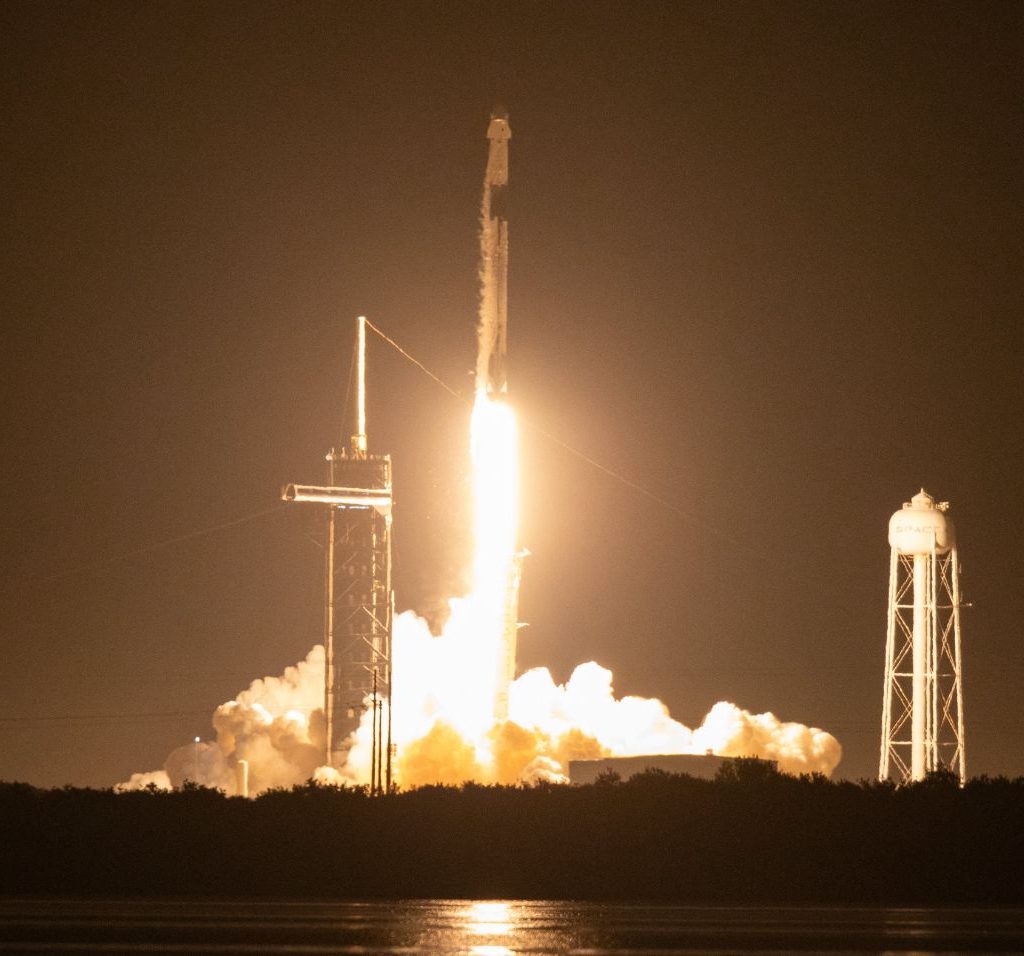SpaceX achieved another milestone on November 9 with the successful launch of a cargo Dragon mission to the International Space Station (ISS). The Falcon 9 rocket lifted off from Launch Complex 39A at 8:28 p.m. Eastern, carrying the CRS-29 cargo Dragon spacecraft into orbit. The Dragon is set to autonomously dock with the ISS around 5:20 a.m. Eastern on November 11, remaining at the station until early to mid-December.
Originally scheduled for November 5, the launch was delayed to address a leaking valve on one of the Draco thrusters, containing nitrogen tetroxide propellant. SpaceX's Benji Reed, Senior Director of Human Spaceflight Programs, explained during a prelaunch briefing on November 8 that after the thruster replacement, technicians found traces of nitrogen tetroxide in the area, which decreased once the system was fully pressurized.
The cargo Dragon is carrying 2,950 kilograms of cargo, featuring key payloads such as the ILLUMA-T laser communications demonstration and the Atmospheric Waves Experiment (AWE), studying gravity waves in Earth's upper atmosphere and their links to space weather.
Additionally, the spacecraft transports various supplies, experiments, and hardware for the ISS and its crew. Notably, it includes a replacement tool bag for equipment lost during a spacewalk on November 1 by NASA astronauts Jasmin Moghbeli and Loral O'Hara. Although the lost bag contained ancillary equipment, NASA is still investigating the circumstances leading to its detachment.
SpaceX is concurrently working on a tower at nearby Space Launch Complex 40 (SLC-40) to support Dragon missions, providing an alternative launch site. The crew access arm, one of the final components for the tower, was recently installed. Reed highlighted that having SLC-40 as a Dragon launch site would alleviate the heavy manifest at LC-39A, which is also utilized for Falcon Heavy launches.
The move to establish Dragon capability at SLC-40 ensures mission continuity if LC-39A becomes unavailable for an extended period. This development comes as SpaceX advances its Starship launch pad construction at LC-39A.
According to reports, the new tower at SLC-40 may see its first use for the Ax-3 private astronaut mission to the ISS, scheduled for an early January launch. Utilizing SLC-40 would free up LC-39A for the IM-1 lunar lander mission launching as soon as January 12, necessitating LC-39A for fueling the lander just before liftoff.
Reed refrained from confirming if Ax-3 would be the inaugural crewed mission launching from SLC-40, stating, “When it comes to the upcoming manifest, we're working through that. The good news is that, with 40 coming online, we have more options.”
